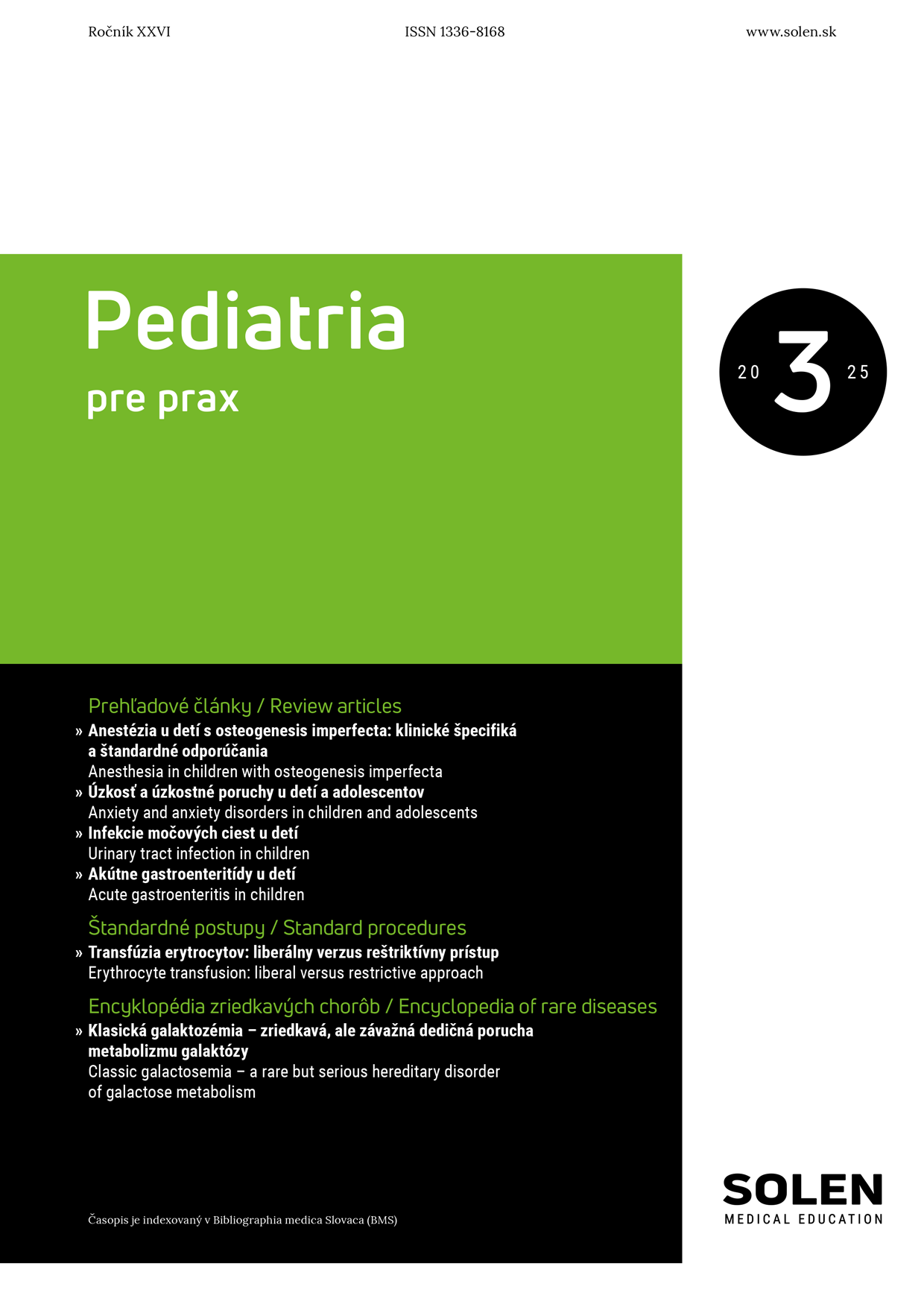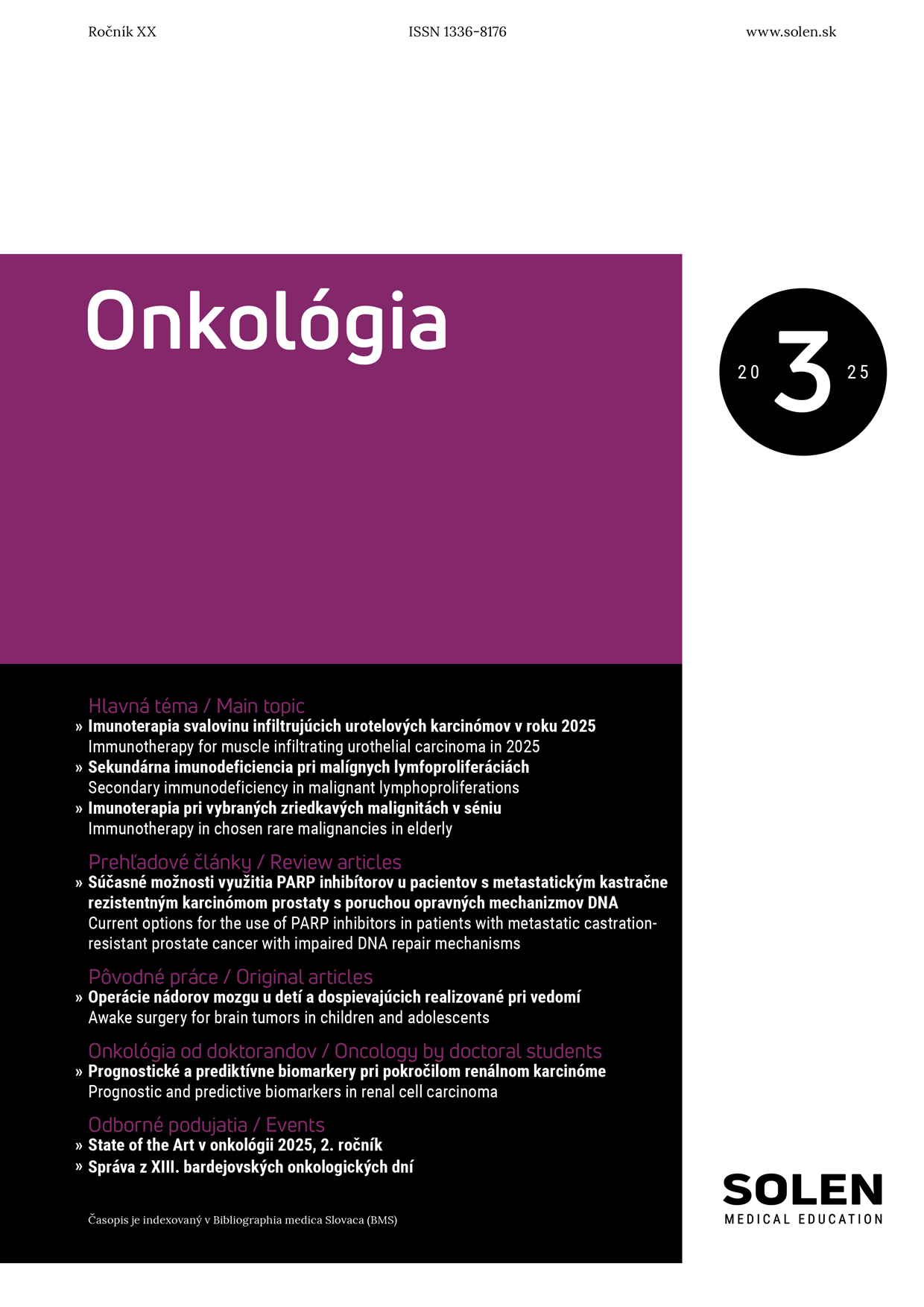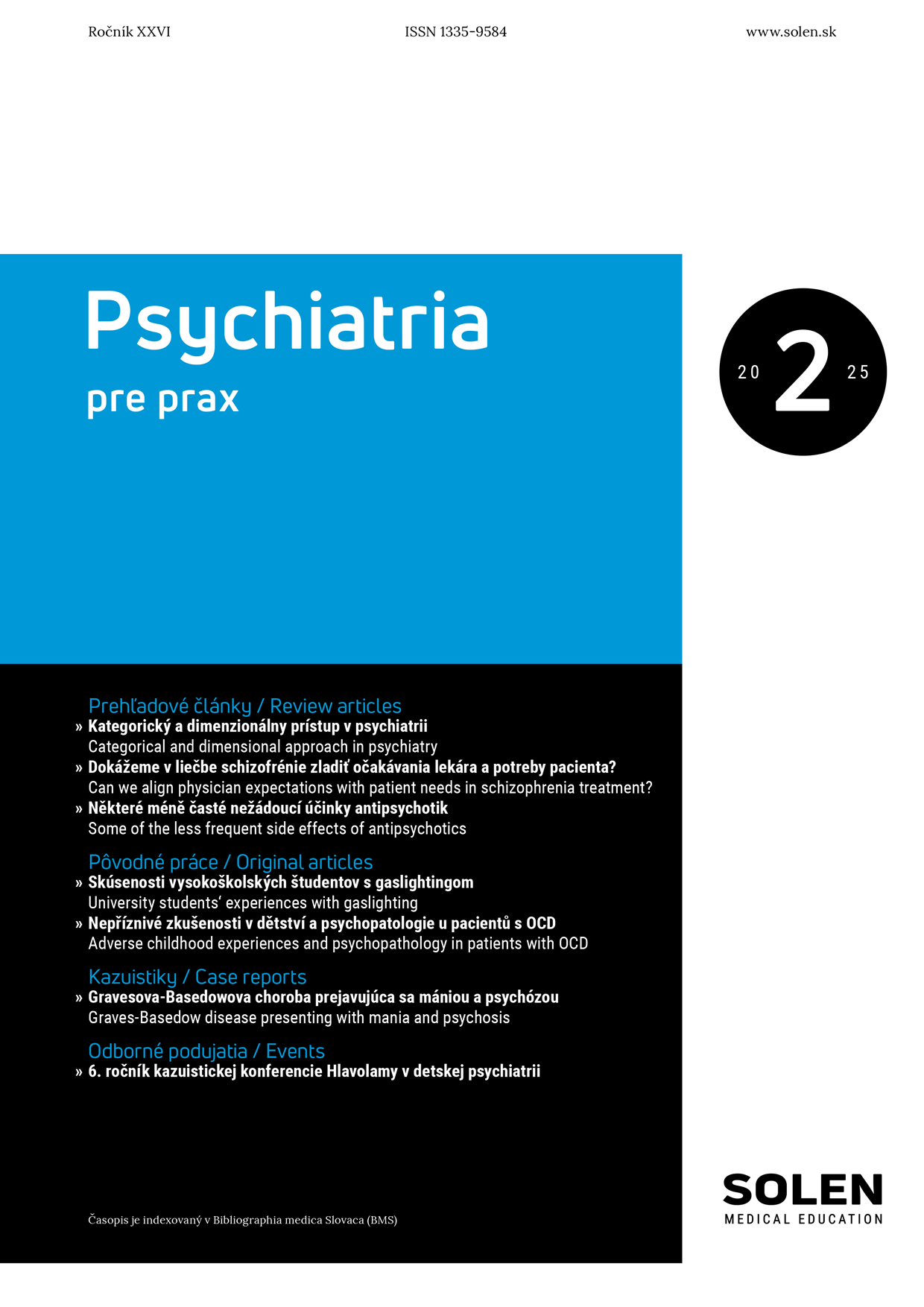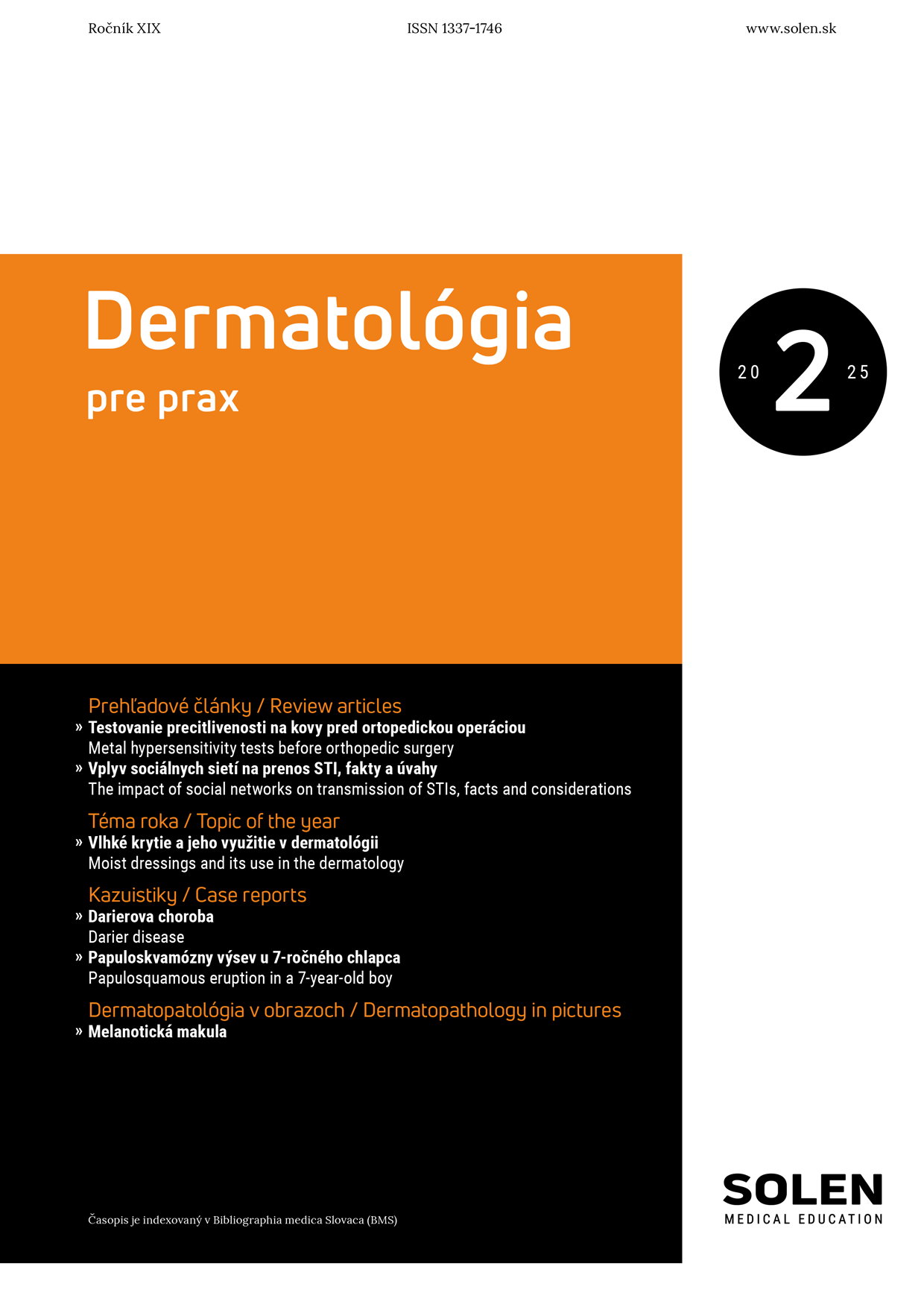Anestéziológia a intenzívna medicína 1/2016
Melatonin and its potential use in anesthesiology and intensive care
Exogenous melatonin administration inhibits the activity of neurons in suprachiasmatic nucleus and causing a phase shift of the circadian rhythm. Dorsomedial nucleus is a significant source of input to the GABAergic system of the endogenous sleep pathway which, when is activated, deprives cortical and subcortical structures, thereby promoting excitation and ease the transition from the awake to the sleep state. Melatonin induces allosteric modulation of GABA A receptor and enhances the ability to bind the GABA in the brain. Melatonin induced behavioural responses are mediated through the action of GABAA receptors. Levels of 6-sulfatoxymelatonin (6-SMT) are able to provide information regarding the circadian rhythm and melatonin secretion in healthy subjects. During sepsis are elevated levels of endogenous norepinephrine and often are more increased by exogenous administration of this sympathomimetic to achieve the vasoconstrictor effect. The pineal gland is outside the focus of the blood-brain barrier, so it would logically be expected to increase the secretion of melatonin. However, the part of the sympathetic pathway is also mechanism of norepinephrine reuptake that protects against unreasonable increase in melatonin secretion during stress. The administration of adrenergic therapy in the group of septic patients has been related to an increase of 6-SMT levels in the urine. Sleep disorders are often in patients in critical condition and have an impact on morbidity of these patients. Interventions that can correct sleep disorders may have a positive impact on the health condition of patients. Follow the actigraphy analysis of sleep in patients admitted to the ICU has been shown that these patients have fragmented periods of sleep during the reporting period of 24 hours. In these patients was also observed disruption of circadian rhythm of excretion 6-SMT in the urine. It was also examined the effect of exogenous melatonin administration on sleep quality in patients admitted to the ICU. Melatonin induced sleep (confirmed by actigraphy analysis) in all examined patients. The average length of sleep was 6.3 hours. Melatonin reduces the number of fragments during sleep and increases total sleep duration after only one administered dosage. It induces the sopor without disruption of physiological architectonics of sleep and has only little effect on psychomotor performance of patient on next day. Unaffected psychomotor activity allows easier patient compliance with medical staff in time of weaning patient from the mechanical ventilation. Postoperative plasma melatonin levels tend to be lower the first night after surgery. In patients, in whose did not develop postoperative delirium were not present significant changes in plasma melatonin levels. In patients with development of postoperative delirium and presence of postoperative complications was observed decrease in plasma melatonin levels. Patients with manifest hyperactive form of delirium had reduced levels of 6-SMT in the urine. Hypothetically, changes in concentrations of 6-SMT in the urine may be caused by disruption of tryptophan homeostasis at the central level. Exogenous melatonin administration reduces the incidence of delirium initially through the mechanism of negative feedback, which achieves reduced utilization of tryptophan and serotonin in the human body. Melatonin administration is usually effective in the prevention and treatment of postoperative delirium in patients with hyperactive form of delirium without the presence of associated complications after surgery. Oxidative stress plays a role in the pathophysiology of cellular damage. The redox imbalance in septic conditions occurs due to a combination of surplus production of reactive oxygen radicals and inadequate availability of endogenous antioxidants. Supraphysiological plasma antioxidant levels were observed in survivors of severe sepsis. Distribution and type of serum antioxidants tend to be more important factors than the actual total quantity. The effect of melatonin does not be mediated only via receptors. Melatonin at pharmacological dose has a unique antioxidant activity. It works against the free oxygen radicals such as hydroxyl radicals and hydrogen peroxide. Indirect antioxidant activity mediated via the active metabolite 6-SMT, induces oxidation co-products and stimulation of other antioxidants, including superoxide dismutase, glutathione peroxidase, glutathione reductase and catalase. It inhibits NO synthase, and thereby also the synthesis of NO. Due to these characteristics may have pharmacological dose of melatonin benefit in the treatment of sepsis. Melatonin treatment was associated with a reduction in levels of co-products formed during the sepsis as a consequence of lipid peroxidation. The decrease in peak plasma levels of melatonin at night is associated with the reduction of antioxidant enzyme activity. This fact plays a key role, especially in the population of elderly patients who have physiologically less nocturnal plasma melatonin levels, which ultimately contribute in this patient population to increased mortality risk in cases of severe sepsis.
Keywords: melatonin, critical condition, sleep, delirium, sepsis

















